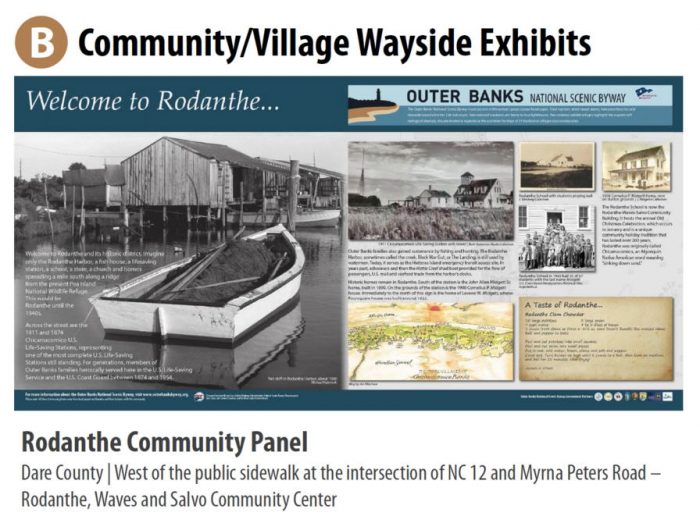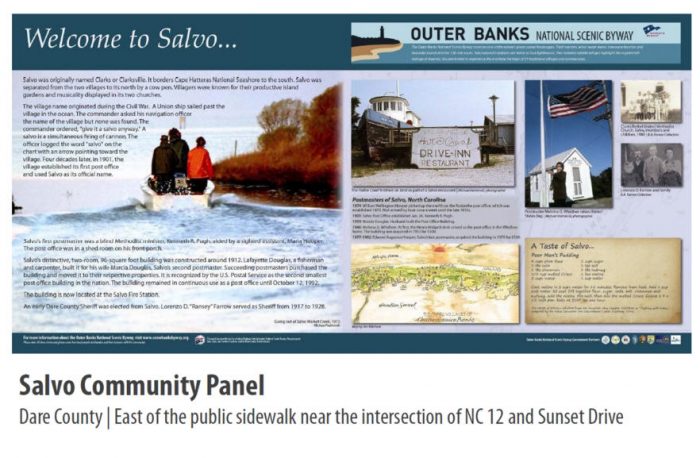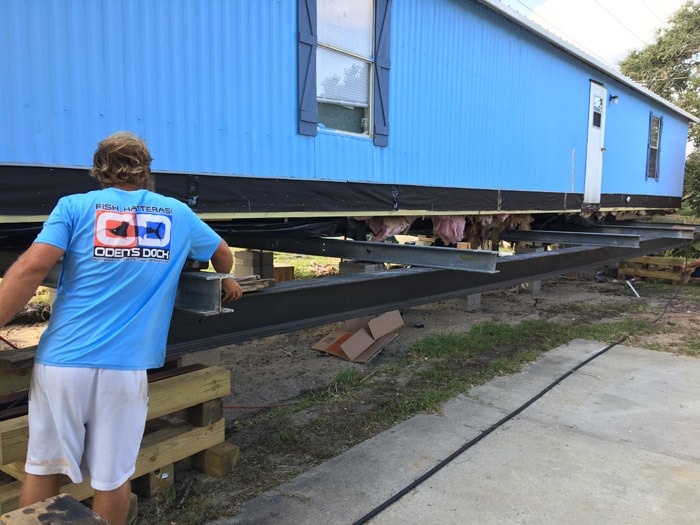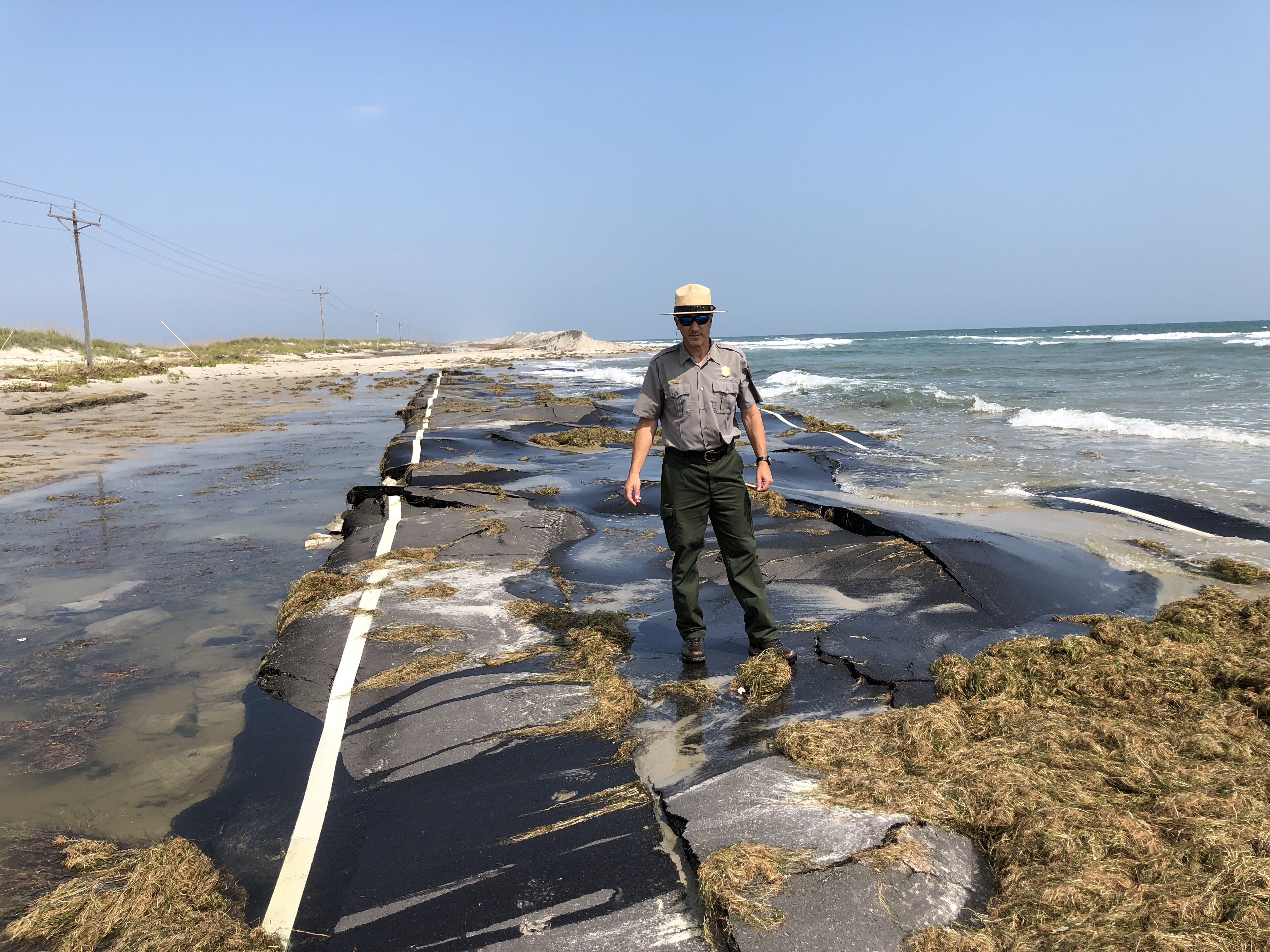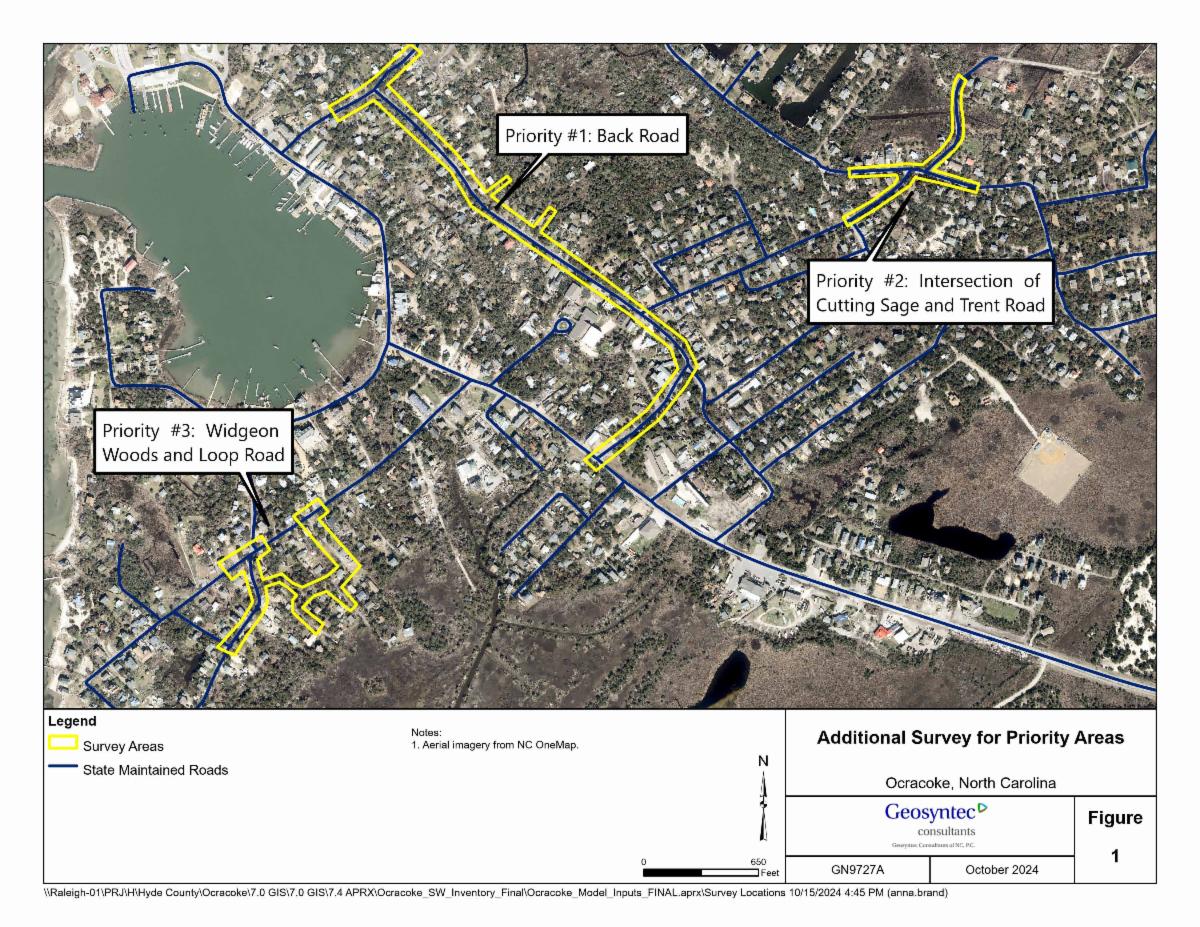40 New Exhibits Being Installed Along the Outer Banks National Scenic Byway

Team members of the Outer Banks National Scenic Byway project shared some good news at a virtual meeting on Tuesday, stating that 40 additional exhibits and panels were going to be installed along the coastal route within the next several months.
The new exhibits, (which include orientation panels as well as community information panels), are the last installments in a project that has been in the works for more than 10 years.
“We’re been working on this project for a number of years, and we are wonderfully seeing the finish line,” said consultant and Outer Banks Scenic Byway team member David Dahlquist. “We are looking at the next two months, [when] the project will essentially be complete and installed.”
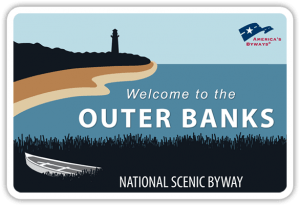
The Outer Banks Scenic Byway was designated a National Scenic Byway in 2009, and is one of only 150 National Scenic Byways in the country, and one of 54 Scenic Byways in the state of North Carolina. The route includes 138 driving miles and 25 ferry miles, and extends across three counties: Dare, Hyde, and Carteret.
It’s a geographically distinctive member of America’s Byway’s collection for a number of reasons, not the least of which is its large component of on-the-water travel. “I don’t know of another byway where you need to take two ferries,” said Dahlquist.
The 40 new panels, exhibits and exhibitions are in the process of final fabrication, and once complete, they will be installed at key points along the route.
Meeting attendees agreed that the timing was helpful, as the Outer Banks National Scenic Byway may become more popular with visitors in the months to come, as driving destinations will be a preferable and safer option for traveling.
“You all know what challenges we have experienced during this project, like storms, and now here we are in the middle of a pandemic,” said Dahlquist. “[Regardless], this material will be very viable, very relevant, and may be even more relevant in the future – No doubt people will approach traveling in different ways as we [move forward.]”
More than 160 signs were originally installed along the route in 2016, from the Down East region of Carteret County to the tip of Bodie Island at Whalebone Junction to both broadcast the designation, and point out culturally and historically significant points of interest, like the Chicamacomico Life-Saving Station, the Graveyard of the Atlantic Museum, and the Cape Hatteras and Ocracoke lighthouses.
The 40 new exhibits will essentially serve two roles. They will provide guidance on how to navigate the byway and the various points of interest, and they will also shine a beacon on the local communities that are found along the way.
The first set of new exhibits – the Byway orientation panels – will be installed at gateway locations, like the local ferry terminals, and will provide information on points of interest in the immediate and surrounding areas. “For example, if you are at the Hatteras ferry docks, there will be a panel welcoming you to Hatteras Island, but also a panel inviting you to explore Ocracoke,” said Dahlquist.
The second set of exhibits comprise of community-focused panels, which provide background information on the distinctive communities that are dotted throughout the lengthy route.
“Each panel has background information, and the right side [of the panel] goes into a little more detail on the history or stories from that community,” said Dahlquist. “The content of these panels was strongly derived from residents from each region, [and] images were selected and curated from those communities as well.”
The community-oriented panels will be stationed in every village on Hatteras and Ocracoke islands – for a total of eight panels – at central and frequently visited locales. For instance, the Rodanthe panel will be stationed at the edge of the Rodanthe, Waves and Salvo Community Center, (and even features a local clam chowder recipe), while the Hatteras village panel has a clear fishing theme, and will be at the border of the Hatteras Village Civic Center.
Made with weather-resistant material, the new panels are expected to last without maintenance for 10 years, and are essentially a final step in a process to transform the islands into a National Scenic Byway that has been ongoing for more than a decade.
“This is a huge accomplishment for all of us, and I am truly excited,” said Melinda Sutton, Chairman of Advisory Committee
“Of all the byways we’ve worked on, this has been one of the most exciting, rewarding projects I’ve had in more than 30 years working on byways across the country,” added consultant Breann Bye.
Because the new panels are in the final stages of production, they should be installed along the byway route within the next several months.
For more information on the Outer Banks National Scenic Byway, visit http://outerbanksbyway.com/ or their social media page at https://www.facebook.com/Outer-Banks-National-Scenic-Byway-209943559025918/.
